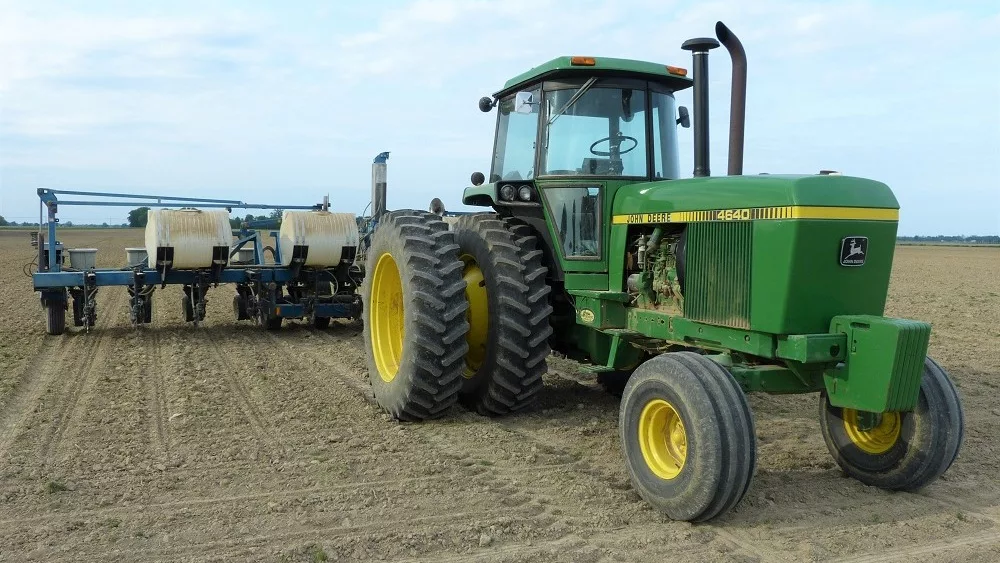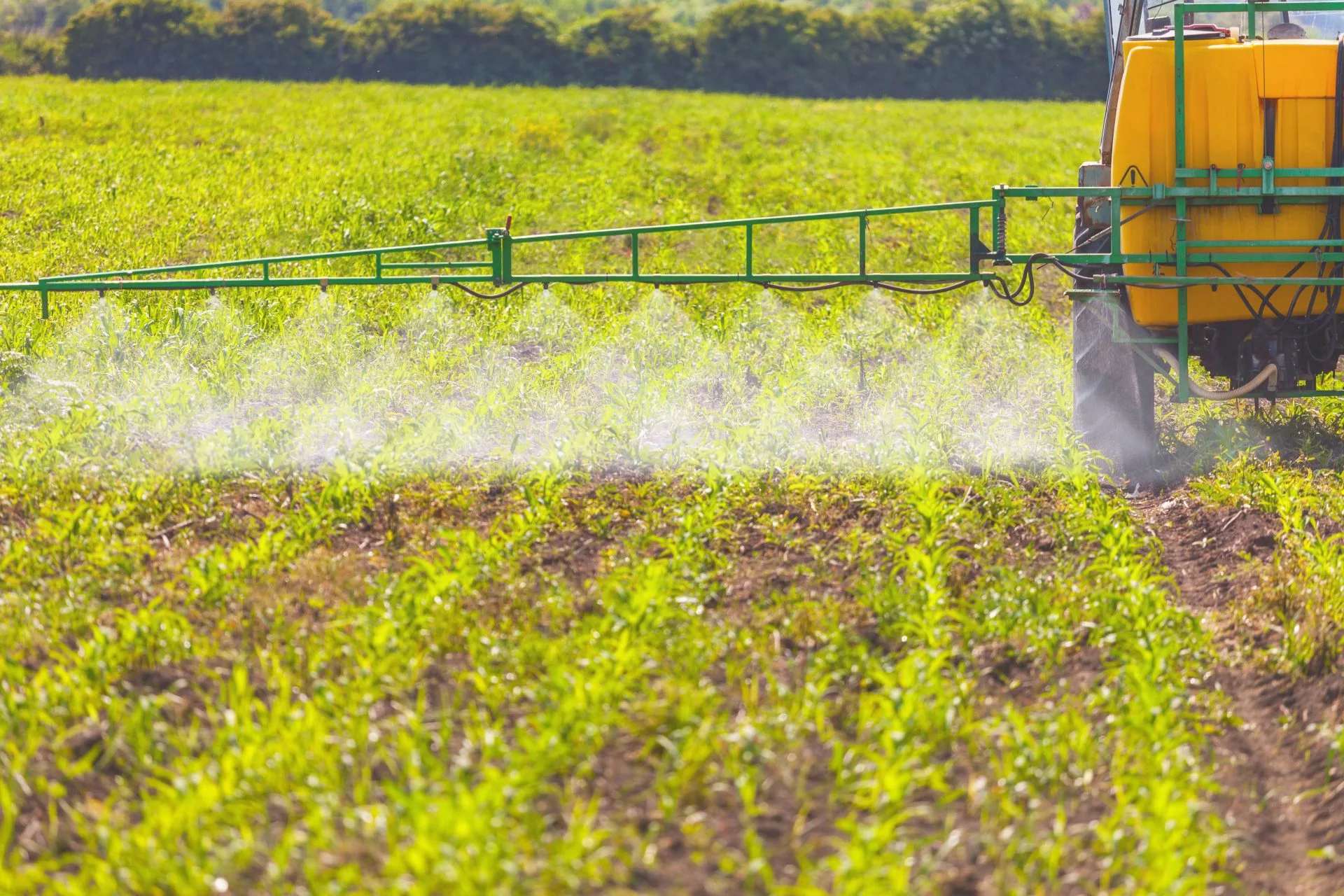Soybean harvest is nearly in the rearview mirror for many across the state. In Monday’s USDA Crop Progress Report, 63% of Michigan soybeans had been harvested, ahead of the 5-year average pace.
In this Pioneer Field Update, agronomist Christopher Bauer says they’re excited with results from their new high yield potential Pioneer A-Series Soybeans.
“A lot of them are coming off of plots and some of the guys that had them this past year, they’re performing well and they looked they looked really well throughout the year. So, a lot of options there for guys to look forward to for this upcoming season.”
Bauer is already looking ahead to 2023 and the fertility issues growers may face. With fertility input costs remaining high, he recommends growers get out and get soil sampling completed. Bauer says soil testing is a relatively inexpensive way to assess their crop nutrient levels and will give you the guidance you need to maximize your inputs where they’re needed.
“That way we’re not just throwing fertility out there where it may not be needed, but we want to really hone in on where it’s needed the most. So, knowing the variability and things such as pH, potassium, phosphorus, and provide info necessary to possibly go to a variable rate application if you have the capability to do that rather than just a flat rate.”
Bauer does not recommend just drastically cutting back on your fertility due to cost because that could lead to more problems.
“At the very least, we want to make sure that we’re just staying above those critical levels for the different nutrients to maximize yield. We don’t want to cut back to the point where we’re going to start losing yield because not only are we going to lose yield, but by cutting back you could create weaker plants.”
Hear my full interview with Bauer below.





